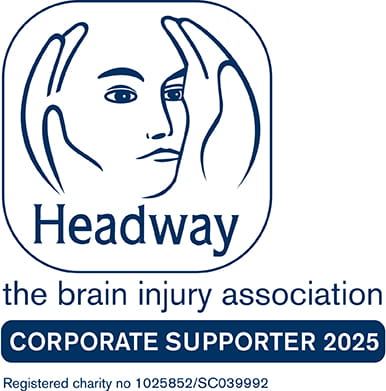When someone who is perfectly healthy has a serious injury, such as a road traffic accident, the cause of any injuries may be reasonably straightforward to ascertain.
But when someone is ill already, and they are then affected by medical negligence, it can be very difficult to work out how much of the injury and resulting losses are caused by the illness itself, and what is due to the medical negligence.
The legal process is complex and relies on legal concepts that have been developed over many years. Here Helen Mackenzie, a senior associate solicitor in the Shoosmiths’ Reading office, explains what is meant by these terms and why they are so important to a successful medical negligence claim.
Breach of duty
In a medical setting, a clinician or an organisation providing medical services has a duty of care towards patients to provide a reasonable standard of treatment. Failing to do so amounts to a breach of duty of care.
Causation
Causation describes the causal link between a breach of duty of care and a resulting injury. It refers to the relationship of cause and effect. You cannot, therefore, have a successful medical negligence claim without both breach of duty and causation. This legal principal of causation can easily be presented in the following example:
Causation case study example
A patient attends her GP surgery complaining of a lump by her armpit. The GP fails to refer the patient for further tests for a period of six months. However, once the patient is referred, and undergoes further tests, she is diagnosed with breast cancer.
In the above example you would need to obtain a report from a GP expert to see whether it was reasonable to delay referring the patient for a period of six months. That report may conclude that this was unreasonable in the circumstances and amounted to a breach of duty of care i.e., it was negligent.
A report from a cancer specialist (oncologist) would then be needed to ascertain whether the six-month delay caused additional injury to the patient. For example, did the six-month delay cause the tumour to grow and spread? If the cancer specialist finds that the tumour is slow growing and the patient’s treatment options and life expectancy are the same as they would have been even if the patient had been referred six months earlier, then the patient cannot show the breach of duty caused additional injury and the claim will fail. However, if, during the period of delay, the claimant had suffered pain, and that pain could have been avoided with the earlier treatment, the claim would succeed.
The principal of causation can become very complex if the breach of duty and the underlining medical illness can both cause the same injury(s). In this situation it is important to explore the principal of ‘material contribution’.
Material contribution
If medical science cannot establish whether it was the breach of duty or the underlying illness that caused the injury(s) but can establish that the breach of duty made more than a minimal or trivial difference to the patient’s outcome, then the claim will succeed.
“For material contribution to be proved, the breach need not be the sole, or even principal, cause of the damage, although it must have materially contributed to it.” (Source: Lexis Nexis)
Material contribution case study example
A baby is born extremely prematurely and requires specialist care in hospital. A few days after birth she has an MRI scan which shows that she has suffered a brain hemorrhage because of her fragile and underdeveloped blood vessels. The hemorrhage is, therefore, not caused by any breach of duty of care (or negligence). Unfortunately, the baby is also unable to maintain her blood sugar levels and as a result needs a glucose infusion. Several days later there is an issue with the glucose infusion which goes unnoticed by the treating clinicians. The baby becomes profoundly hypoglycemic and starts to have seizures. This failure does amount to a breach of duty of care. The baby is later diagnosed with cerebral palsy.
The question in a case such as this is, what has caused the baby’s brain injury and subsequent cerebral palsy? Is it the non-negligent haemorrhage or the negligent hypoglycemic event? The answer could be both and therefore ‘material contribution’ must be fully considered and investigated so the best outcome for the claimant can be achieved.
Helen Mackenzie says:
“Over the past 14 years’ I have specialized in medical negligence claims and causation is often the most difficult aspect of a claim to prove and to explain to clients. It is, understandably, very difficult for a client to accept they have received negligent care, but that their medical negligence claim may still fail. However, looking at the broader picture and ensuring all the complex principles of causation and material contribution are investigated will ensure that a positive outcome is achieved. It is important, therefore, that patients who believe that they may have suffered medical negligence instruct specialist solicitors, such as our Shoosmiths team, who fully understand the importance of both detailed investigation of the clinical issues and the proper application of the legal principles."
Disclaimer
This information is for educational purposes only and does not constitute legal advice. It is recommended that specific professional advice is sought before acting on any of the information given. © Shoosmiths LLP 2025
















